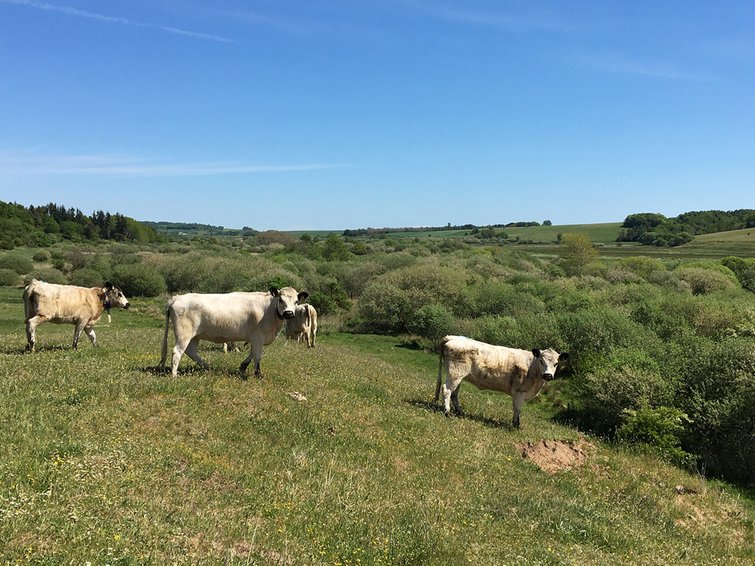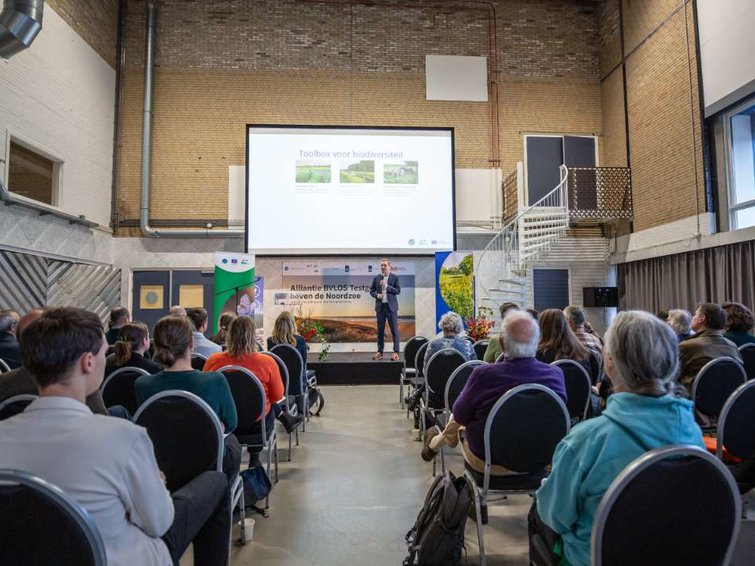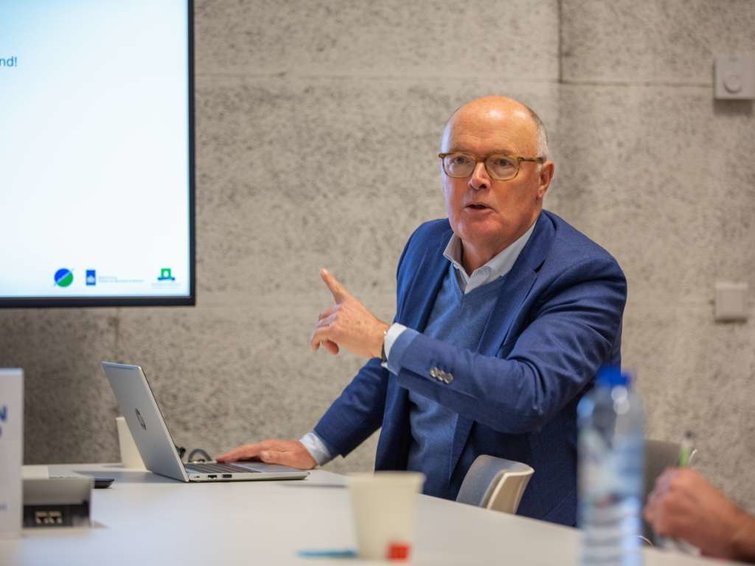LIFE IP Natureman – Farmers as nature managers

Photocredits: LIFE IP Natureman
On November 14th, the webinar ‘Collaboration with farmers – Uniting viable farming practices with nature conservation’, organised by LIFE IP All4Biodiversity and the Delta Plan for Biodiversity Restoration, took place. Seventy interested people joined the international webinar to learn more about this specific topic. Several LIFE IP programmes shared their findings in their search to improve nature quality in and around Natura2000 areas and beyond, whilst providing a viable and practical business model for farmers. Below you can read the report on the presentation about LIFE IP Natureman.
Jørgen Bidstrup, project manager at the Danish Nature Agency, provided insights into this innovative Natureman project, which focuses on positioning farmers as managers of nature.
Introduction to LIFE IP Natureman
Launched in 2018, the LIFE IP Natureman project is at the forefront of holistic planning and stakeholder engagement in Denmark. The project’s overarching goal is to achieve a favourable conservation status for habitats and species, particularly petrifying springs, alkaline fens, and grasslands, in 11 Natura2000 areas.
Natureman’s strategy includes:
-
Promoting farmers as managers of nature by making nature management a viable branch of farming.
-
Encouraging holistic planning in river valleys to leverage synergies between the Habitat Directive, Water Framework Directive, Climate Strategy, and rural development initiatives.
Ambitions of the Ministry of Green Transition
Denmark’s Ministry of Green Transition, recently established in 2024, introduced bold targets:
-
Converting 15% of agricultural land into nature areas.
-
Transforming 140,000 hectares of carbon-rich lowland into nature by 2030.
-
Transforming 250,000 hectares agricultural land into forest by 2045
-
Expanding protected nature areas from 15% to 20% by 2030.
These goals highlight Denmark’s commitment to biodiversity and climate strategies, even amid political challenges. Interestingly, Jørgen Bidstrup mentioned that both left- and right-wing political parties say these goals are not ambitious enough. Therefore, these ambitions are not yet set in stone and might be adjusted in the upcoming period.
Key elements of the Natureman approach
Holistic planning: Natureman emphasises integrated, multi-functional solutions to meet competing demands for land use. The project involves:
-
Establishing a regional vision with municipal leadership.
-
Engaging landowners, citizens, and stakeholders to identify challenges and opportunities.
-
Developing a catalog of potential projects for each subregion.
-
Implementing cost-effective, synergistic actions.
In 2027 there will be a final report on the accomplishments of the project.
Creating synergies: Jørgen Bidstrup underscored the importance of collaboration and communication, noting, “You don’t get synergies for free - it requires a shift in mindset and hard work.” We have to see the challenges that we face for land use in context, meaning we should see those challenges as a whole and therefore solve them in an integrated way. Different projects in one area does not automatically mean there is synergy, you have to put effort into alignment.
Stakeholder engagement: It is very important to carefully consider in what way certain stakeholders are involved from the start, and to remember that ‘no one size fits all’. This because you want to avoid unmet expectations at all costs and building trust is important. In the Natureman project tailored approaches (see presentation for accompanying image) to engage diverse stakeholders are used:
-
Instruction: Clear directives and objectives for mandatory actions.
-
Information: Providing stakeholders with knowledge and updates.
-
Involvement: Collecting input and listening to stakeholders to address challenges and adaptive projectmanagement.
-
Co-creation: Collaborating to develop shared goals and solutions. In this approach, there is a general direction but no set objective. Within the Natureman project this approach is used with success.
Jørgen Bidstrup: “Money is one thing to get farmers and other stakeholders on board, involvement is another.”
Collaboration with farmers: Given that 80% of nature areas are privately owned by farmers in Denmark, Natureman works closely with agricultural organisations and consultants. The project has therefore trained 50 agricultural consultants in biodiversity and sustainable practices. Also, farmers are offered free consultancy services within the project area, making guidance accessible to them.
Result-based top-up scheme
An interesting part of the Natureman project is the Result-based top-up scheme. In 2024 this pilot is introduced to encourage biodiversity-friendly grazing in Natura2000 areas. Farmers commit to five-year grazing plans and receive payments based on biodiversity indicators, including plant density, structural vegetation, and grazing practices. Farmers are payed €348 for the five-year grazing scheme and get at top up payment of €134 or €268 per hectare per year, depending on habitat quality and biodiversity outcomes.
Question: Is gaining farmers’ trust a challenge when working with agricultural consultants?
Answer by Jørgen Bidstrup: “Farmers can choose their preferred consultant, ensuring comfort and trust. Agreements with farmer organisations provide a wide pool of trained consultants.”
Question: How does Denmark balance public and private land ownership for nature conservation?
Answer by Jørgen Bidstrup: “Most nature areas in Denmark are privately owned farmland, with nature areas in less farmable regions. The Danish Nature Agency owns 210,000 hectares of natural areas, mostly forest; in addition, there are 2 private foundations that own smaller natural areas.”
LIFE IP Natureman exemplifies a forward-thinking approach to biodiversity and sustainable agriculture, turning farmers into stewards of nature. Through holistic planning, stakeholder engagement, and innovative economic models, the project sets a strong precedent for aligning conservation goals with agricultural practices. As Jørgen Bidstrup concluded, “The farmer becomes a manager of nature - a crucial role in our shared future.”
Check out the other reports and presentations of this webinar








